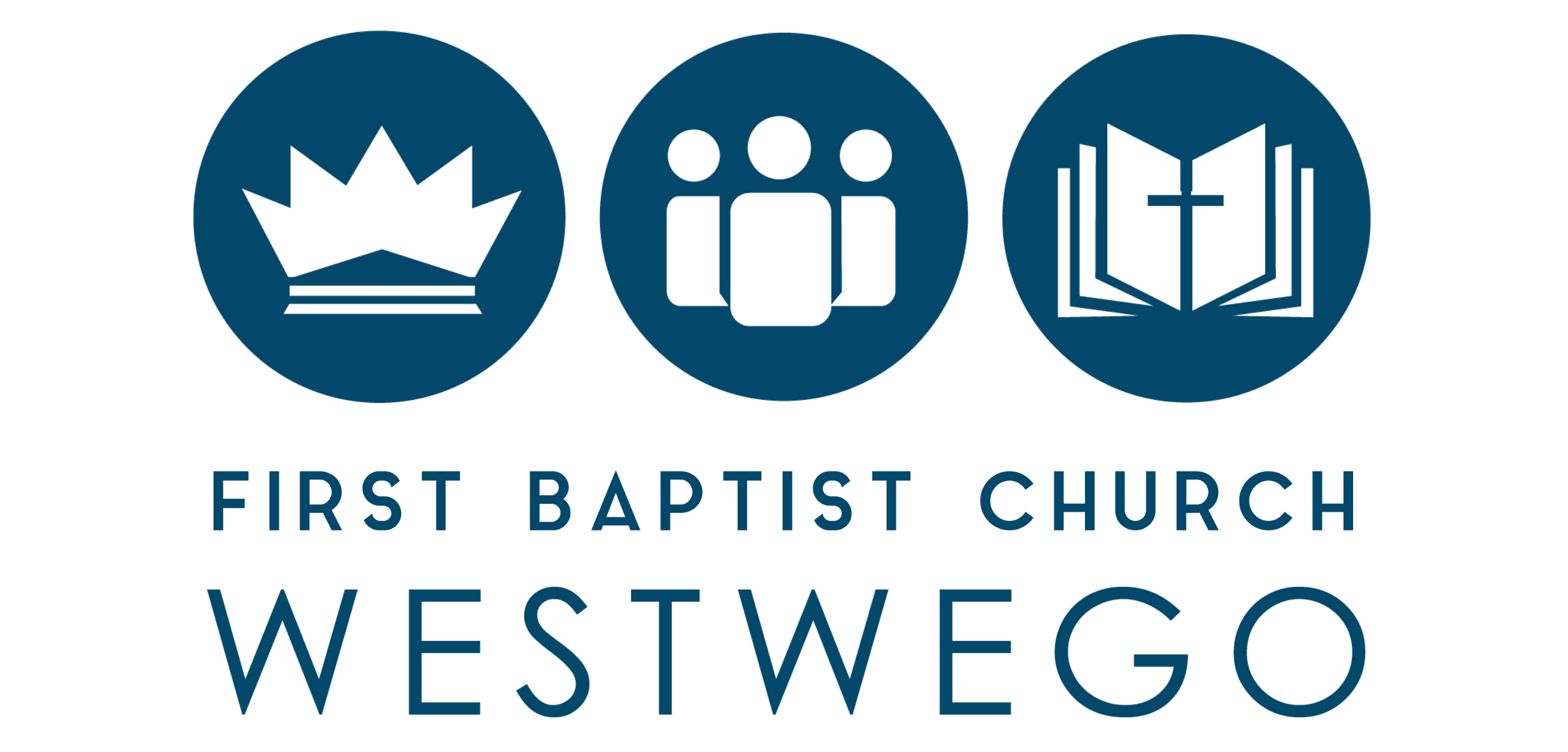ABOUT WESTWEGO
Our Community
The City of Westwego (originally referred to as Salaville) is located in Jefferson Parish on the West Bank of the Mississippi River and is one of only a few incorporated cities in West Jeff. Most of the surrounding parish area is unincorporated.
Our community developed around the river, the railroad, and the Westwego “Company Canal” which once connected the bayou to the river via the still-visible concrete locks now encased in the levy at the river end of Louisiana Street . Nearby Bayou Segnette and the swamp and marshes south of the city connects our community to the rich wildlife and fishing areas of the Barataria basin and has been the lifeblood of our home from its settling until today.
In 1834 the “Company Canal” was excavated and subsequently brought people and seafood from the bayous up to the river where they and their wares could make their way across to New Orleans. This waterway would radically shape our community for years to come.
The town was founded in 1870 by the Texas and Pacific Railroad Company when it placed a railroad yard and docks near our current site on the Mississippi River and named the facility West-We-Go. Rail cars and other goods could be transported across the river from New Orleans and reconstituted via rail to begin their journey westward. Once passengers began to make their way toward Texas and beyond, It is said that the train conductor would call out, “All Aboard! West we go!”
Noted New Orleans historian Richard Campanella points out:
While the name Westwego initially applied only to the rail yards, it came to imply the community that formed adjacently– and form it did, given the workers needed at the facility. As for coinage itself, “Westwego” was a stroke of marketing genius: clever, whimsical, descriptive, promotional, euphonic, and unique. Locals like to point out it’s the only town in the United States whose name forms a complete sentence. No wonder it stuck.” (Richard Campanella, The West Bank of Greater New Orleans, pp.109-110)
Springing up from that original rail yard was the small community of Salaville founded by Spanish-born Pablo Sala in 1892, The main street of old Salaville is now a recognized historic district and the focus of revitalization through attracting special events, the arts, and new culinary venues.
Many of the earliest citizens of what would become the city of Westwego were of African-American, German and Italian heritage but a significant infusion of French speaking refuges brought an entirely new flavor to our community when the great Cheniere Caminada hurricane event pushed a large number of Cajun-French families from the Grand Isle area of the Gulf up the bayou and into Salaville in 1893 via the Company Canal. As such, Westwego became (and still remains) the only area of concentrated Cajun influence in the greater New Orleans Metro area.
With its connection to fishing and the seafood industry Westwego became the regions premier seafood processing and canning district of greater New Orleans. In the 1890’s “Cannery Row” formed on Sala Avenue and with seven processing plants and “hundreds of tons of tasty oysters, succulent shrimp and crabs” Westwego would become known as “the seafood center of Jefferson Parish.” (Campanella, 296)
By 1919 Westwego incorporated as a town. Then later in 1951 it was re-designated as a city. By 1952 and after the nearby Harvey Canal won the bid for expansion, the old Westwego Company Canal, so important to our history, was filled in. Today, at the spot where the canal was dammed up and filled in, sits the site of the regionally well-known “Shrimp Lot” where, just on the other side of the levy wall you can still see numerous shrimp boats docked and ready to trawl to bring that wonderful seafood up the canal to put smiles of the faces of residents from all over greater New Orleans.
We have so many wonderful local attractions to enjoy. Places and venues such as the Fisheries and Farmer’s Market with its annual cook-offs and weekly events, The Seafood Shrimp Lot, our Swamp Tour opportunities, the Bayou Segnette State Park, the Westwego Historical Museum, the Lazy River Landing dock at the Mississippi River, the Westwego Performing Arts Center and Teatro Wego, the Josh Wingerter Art Gallery on Sala Avenue, the nearby PGA TCP Louisiana golf course, the John Alario Event Center, and the NOLA Motorsports Racetrack, all make our home an enjoyable place to live, work and play.
With the rich history of our community and so many wonderful nearby attractions our home is an exciting expression of cultural diversity and our people have a proud and hard working heritage to claim.
Many in our church family hail from those original French-speaking Cajuns. First Baptist Church of Westwego is blessed to be a part of this community and we are thankful God has granted us the privilege of the continued witness of sharing the gospel of Christ with our friends and neighbors since our church was planted as that French-speaking mission on a houseboat in the bayou back in 1931. As you plan to visit our church, be sure to plan some time to explore and take in this special place called Westwego.
For more information on Westwego please visit the City of Westwego’s Visitor page.
* Some of the information above was assembled from the City of Westwego’s website, from Richard Campanella’s book “The West Bank of Greater New Orleans” published in 2020 and from Dan and Zenobia Alario’s book “Westwego Remembered” published in 1999.
